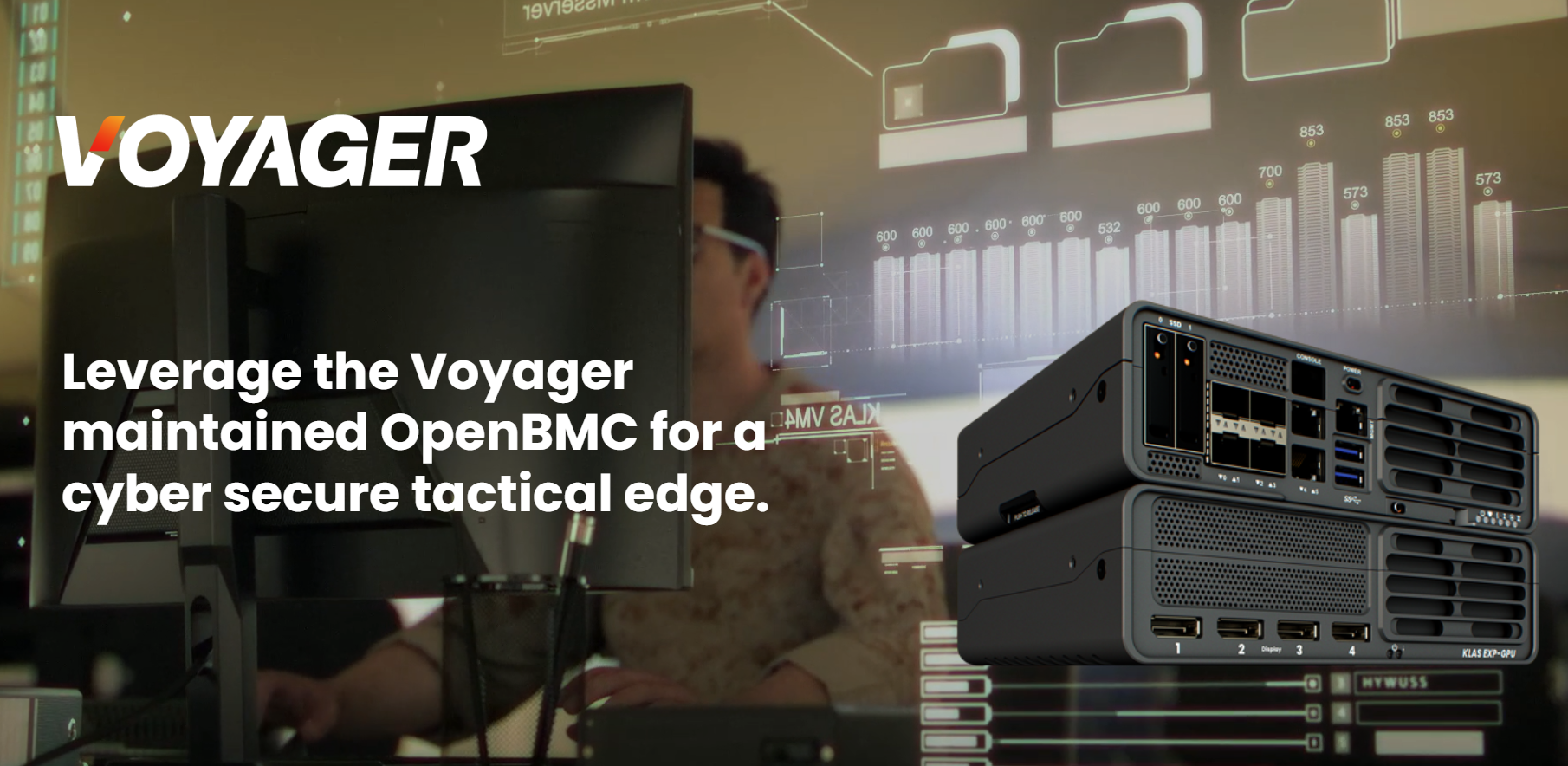“JADC2 envisions providing a cloud-like environment for the Joint force to share intelligence, surveillance, and intelligence reconnaissance data, transmitting across many communications networks, to enable faster decision making.”
Congressional Research Service (CRS)¹
The CRS report poses a fascinating question: “How can DOD ensure interoperability among the military services’ and allies’ communications systems?”
We believe the answer lies in a TrueTactical™ based system; which outlines that technology made for expeditionary forces, operating in highly austere environments at the tactical edge, is designed and built very differently to much more rigorous standards.
The Klas approach of TrueTactical ensures interoperability, modularity, and the capability to enable communications from various networks in a single, rugged platform.
The age-old IT question of Interoperability
To answer the question posed by the CRS report, we first need to understand what “interoperability” implies. To do this, we first need to break interoperability into simplified connected components and examples, which may include:
- Warfighter to Warfighter
- Sensor to Warfighter
- Sensor to Machine
- Machine to Machine
- Coalition Partner to Coalition Partner
The next step is to understand the value of the information communicated i.e. classification level. Who and when does the data need to be shared? How will this be achieved?
TrueTactical at the heart of Interoperability
TrueTactical takes the guesswork out of interconnecting components of interoperability by providing the necessary hardware and software-defined connectivity to connect warfighters to sensors, machines, and places.
Delivering the fastest decision-making capabilities at the Tactical Edge requires computing designed for the job. For example, Voyager VM utilizes the latest processors from Intel, ensuring the sensed data is acted upon with minimal latency. With Intel’s latest Xeon-D processors, machine learning models are applied to the data in the field. At this time, the decision to execute can be autonomously or centralized for further analysis.
How the data is disseminated is a matter for the coalition parties. Ultimately, security and identity access management are core requirements. An advantage of Voyager VM is the hardware-based security to deliver secure boot enclaves in which sensitive data can be stored and access restricted. In the event of a complete blackout, decisions can be made on how data is treated and shared.
Furthermore, Voyager is a holistic solution that integrates radio, satellite, wired, and wireless communication capabilities. In a single chassis solution, multiple data paths for interoperability and resiliency are available for data sharing.
TrueTactical building on JADC2 vision
One answer to the CSR question of interoperability is to use an open hardware architecture of systems and interfaces that allows a variety of systems to plug into a common backbone so that information can be exchanged securely. TrueTactical solutions provide these elementary capabilities.
Today, Voyager is the only TrueTactical solution that enables an open, integrated platform for coalition partners. Furthermore, Voyager’s modularity gives the flexibility and agility needed to deliver innovative coalition solutions at the Tactical Edge.
By opting to go with a solution that is TrueTactical, program offices can significantly reduce the effort of delivering the JADC2 vision for shared information across all domains.
To learn more about TrueTactical™
Please visit – https://www.klasgroup.com/government/truetactical/
Resources
-
- Joint All-Domain Command and Control (JADC2) – https://sgp.fas.org/crs/natsec/IF11493.pdf








